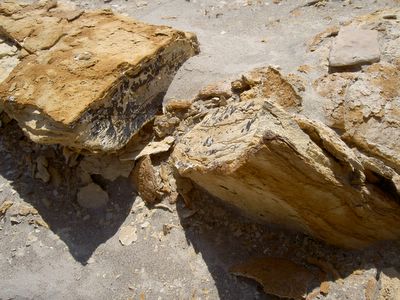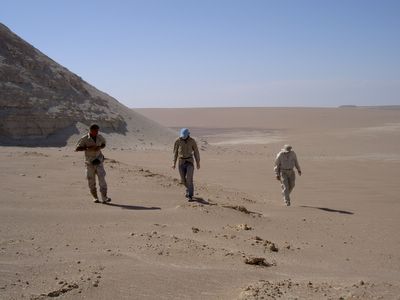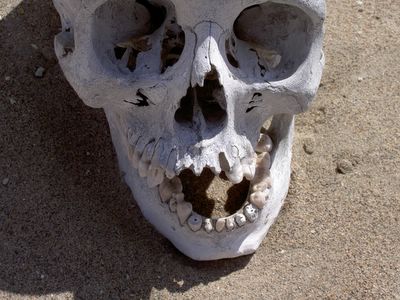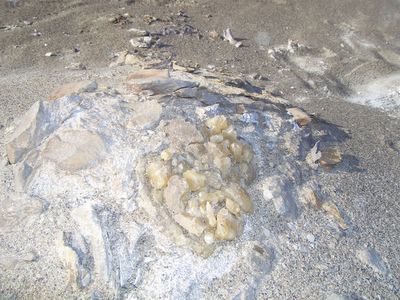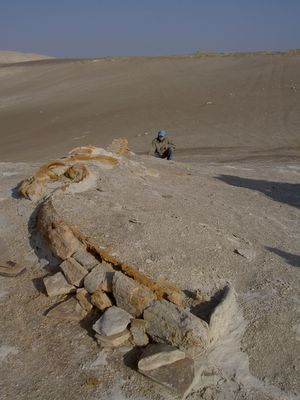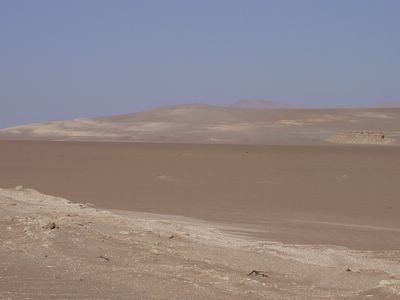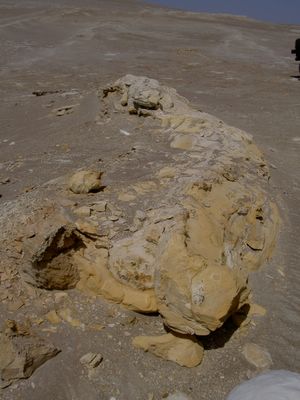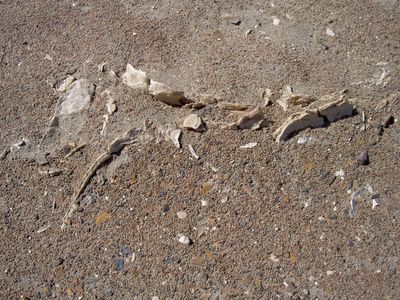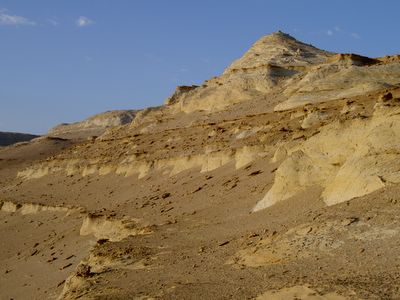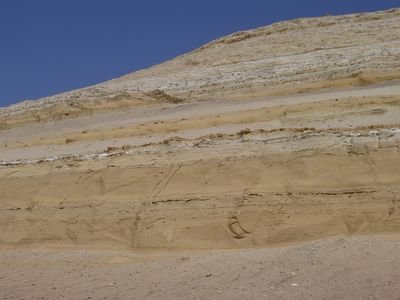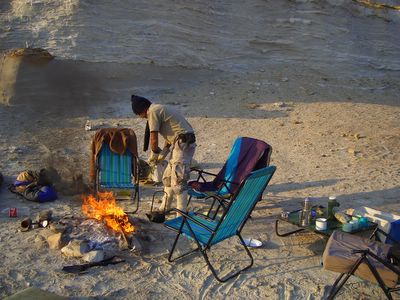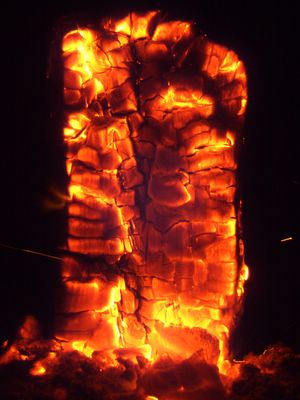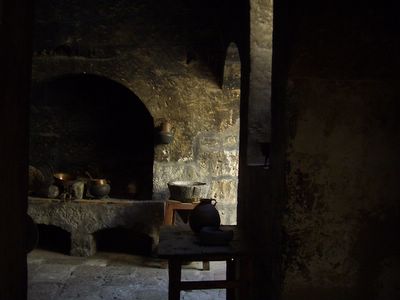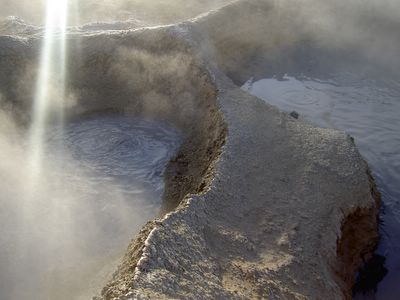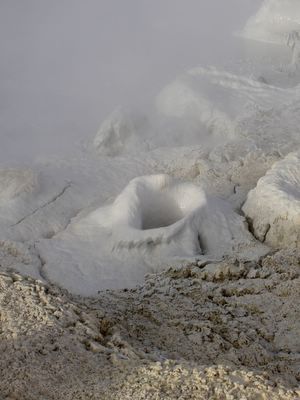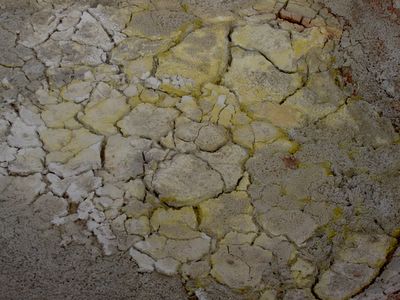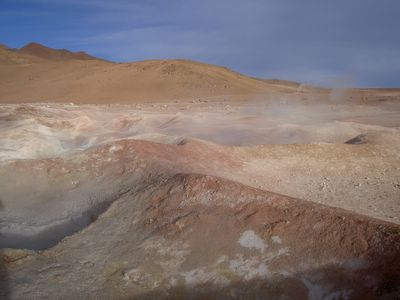Diane: I wanted to spend our last week in Huaraz, including a 3-day trek around some gorgeous mountain range. But everybody else wanted to spend our last week in Lima. I gave in, but only after everyone understood that I would be using the computer the whole week.
I also insisted on trying out a new place to stay. In March, we stayed at the very-comfortable HomePeru, with free wireless access (from the living room and only when the signal was strong enough), comfy beds, friendly travelers from all over the world, comfy sofas in large shared sitting areas, a shared TV, and a shared kitchen (dirty dishes and all). What more could we ask for? Answer: our new home-away-from-home, the Guest House Marfil, which has all of the above and in addition a washing machine.
Ooh, aah, ...
Ooh, aah, ...
We haven't been near a real, live, working washing machine since we left home, so Tom and the kids are practically keeling over from the life of luxury that is lapping at their feet. Now here I'm guessing, but it's not a stretch to imagine that every article of their clothing was dirty upon our arrival in Lima. I've gotten used to doing a little bit of washing each sunny day, so I do not share their open-mouthed feeling of awe. In addition to the washing machine, the Guest House Marfil has a kitchen which is always clean, a strong wireless signal from every room, a microwave, and walls painted full of color.
We arrived here the day before Mother's Day, and when I checked my email from the comforts of my own room, I found that I had already gotten a Mother's Day greeting post-dated to Mother's Day. Very clever.
The clock on our laptop is perpetually off. Every week or two, I change the time, which is in its own random fashion off by 3 hours, 11 hours, even a full day. The clock is evidently pegged to each account, because even after I change it in my account, the clock in TM's account can still be way off. I have been attributing the variety of timestamps that accompany the email in my inbox as an expected complication of the "erroneous clock". However, I just realized today that the erroneous clock is telling the correct time, but the timestamps on my email are still way off.
Interestingly, my email is always timestamped with a time that has not yet arrived. Another way to say this is that I only get mail from the future, not the past. My friends and family are letting me know some of their thoughts ahead of time. This is very considerate of them as it helps me respond appropriately to prevent dire catastrophes that may be lurking moments away on the time horizon. The first time I noticed the timestamp phenomenon was when I was trying to arrange an IM chat with one of Calliope's Florida Virtual School teachers. Although her email referenced "tomorrow", the timestamp on her email already was tomorrow. So which tomorrow was it, yesterday's tomorrow or today's tomorrow? At that point, mail from the future seemed more of a hassle than a powerful catastrophe-prevention tool. But that was just negative thinking; now I see its true potential.
Since I don't actually plan on doing any sight-seeing, important errands, or visiting family here in Lima, this may very well be my last blog entry from South America. I can unhesitatingly say that it has been a marvelous journey. Every new food, Spanish-language AHA, distinct point of view, amazing bit of history that has persevered, cultural idiosyncrasy, surreal landscape, and helping hand that we have had the pleasure to taste, disentangle, encounter, witness, be part of, view, and receive have made this trip extraordinary and memorable. Onward to Sarasota.

